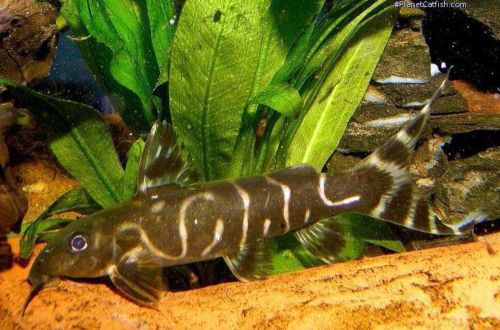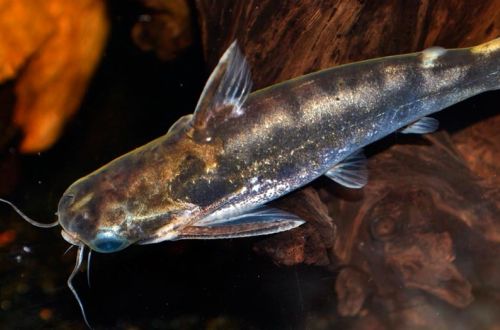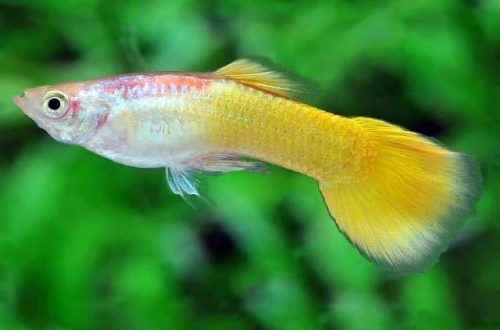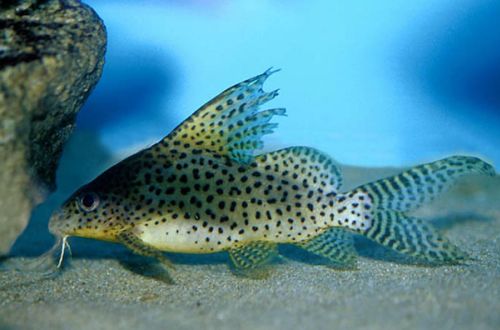
Snodontis brischara
Snodontis Brichardi, scientific name Synodontis brichardi, belongs to the family Mochokidae (Piristous catfishes). Catfish is named after the Belgian ichthyologist Pierre Brichard, who made a significant contribution to the study of African fish.

Contents
Habitat
The catfish is native to Africa. Inhabits the lower basin of the Congo River, where it lives in regions with numerous rapids and waterfalls. The current in this area is turbulent, the water is saturated with oxygen.
Description
Adult individuals reach a length of up to 15 cm. Life in conditions of a strong current affected the appearance of the fish. The body became more flattened. Well developed sucker mouth. The fins are short and hard. The first rays have changed into sharp jagged spikes – protection from predators.
The color varies from brown to dark blue with a pattern of beige stripes. At a young age, the stripes are vertical, ringing the body. As they grow older, the lines bend.
Behavior and Compatibility
Peaceful calm fish. It gets along well with relatives and other species that can live in similar turbulent conditions. Territorial and aggressive fish should be excluded from the neighborhood.
Brief information:
- The volume of the aquarium – from 100 liters.
- Temperature – 22-26°C
- Value pH — 6.0–8.0
- Water hardness – 5–20 dGH
- Substrate type — stony
- Lighting – moderate, bright
- Brackish water – no
- Water movement is strong
- The size of the fish is up to 15 cm.
- Nutrition – foods with a high content of plant components
- Temperament – peaceful
- Content alone or in a group
Maintenance and care, arrangement of the aquarium
The optimal size of the aquarium for a small group of fish starts from 100 liters. In the design, it is necessary to use a gravel substrate with a scattering of large stones, boulders, rock fragments, with the help of which shelters (gorges) are formed, various snags.
Aquatic plants are optional. It is permissible to use aquatic mosses and ferns growing on the surface of stones and snags.
An important condition for successful maintenance is a strong current and a high content of dissolved oxygen. It may be necessary to install additional pumps and aeration systems.
The composition of the water is not significant. Snodontis Brishara successfully adapts to a wide range of pH and GH values.
Food
In nature, it feeds on filamentous algae and the microorganisms that inhabit them. Thus, the daily diet should consist of feed containing fresh, live foods (eg bloodworm) with the addition of plant components (flakes, spirulina tablets).
Sources: FishBase, PlanetCatfish





